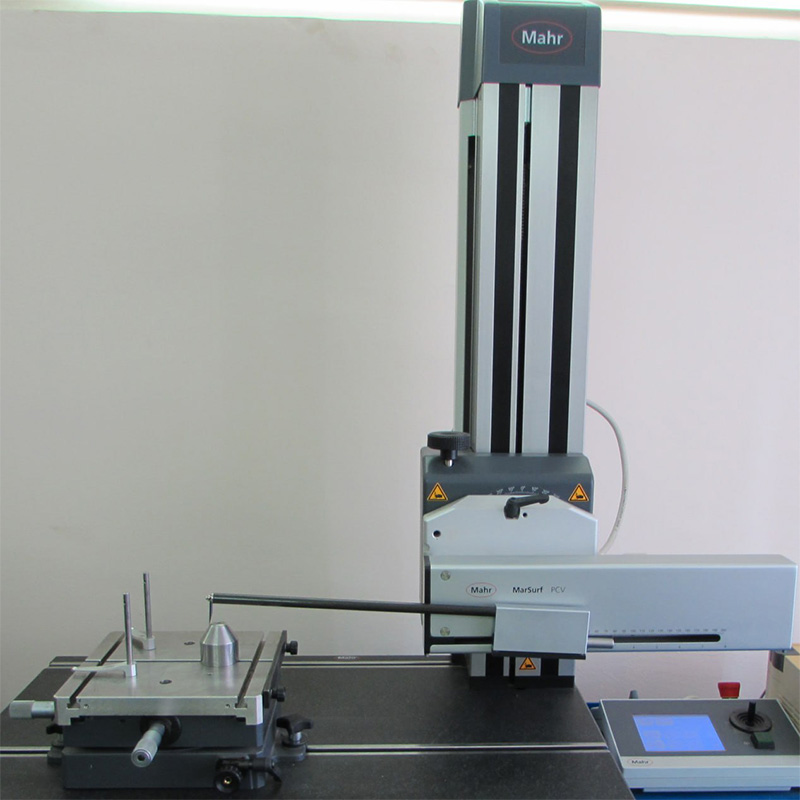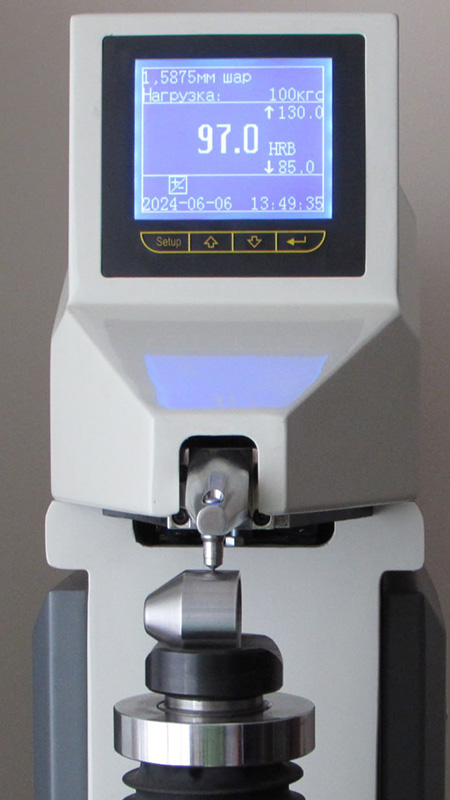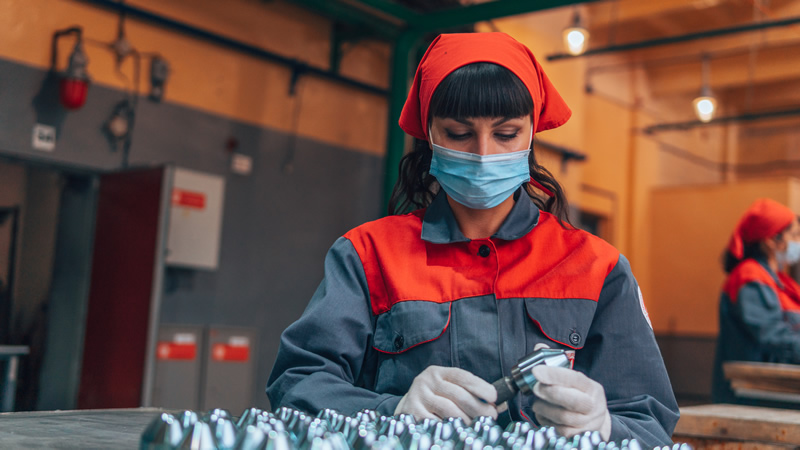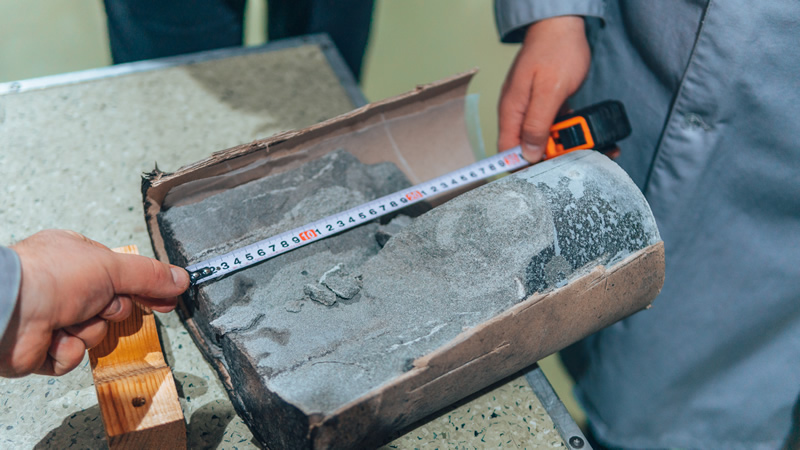Since 2007, Promperforator LLC has been developing a quality management system (QMS).
The quality management system is a coordinated activity for the administration and management of an enterprise in the field of quality. The system functions simultaneously with all other activities at all stages of production.

The established quality system considers the requirements for the main stages of the product life cycle related to product quality, namely:
- marketing, search, market research;
- contract analysis and approval;
- procurements;
- preparation and development of the production process;
- assembly of products;
- control and testing;
- processing the results;
- packaging and storage;
- realization.
According to the nature of the impact on the quality stages there are three main directions in the system:
- Quality assurance;
- Quality management;
- Quality improvement.

Thus, the current QS provides the company's management with assurance that:
- the system is capable of continuous impact and management of all types of enterprise activities affecting product quality;
- the system is focused on preventive measures and helps to avoid quality problems.
One of the main tools for implementing quality objectives is quality planning. It meets all the requirements of the QMS and is properly documented.
The fundamental document for quality planning is the quality improvement program, which is developed by the quality department and approved by the head of the enterprise.
The entrance control of incoming components and component materials operating at the enterprise is carried out on the basis of existing technical specifications, GOST (State Standard), company specifications, regulatory documentation.
All components included in the product have conventional names, designations, ciphers complying with the documentation according to which the delivery is carried out (GOST, OST, technical specifications, etc.).
During operational control, assembly and testing of products, identification is carried out by marking components, filling out accompanying documentation, compiling reports, making entries in a journal, etc.
The described methods allow us to track and evaluate the condition of the product at all stages of the production process, including:
- passing the entrance control of materials and components;
- execution of technological process operations, its control and testing;
- isolation of nonconforming products;
- preservation and packaging.
The company defines and plans production processes that directly affect the quality of products at all stages of the life cycle and ensures their implementation in controlled conditions.

Controlled conditions imply appropriate control methods:
- documentation for materials and components of products;
- production and testing equipment;
- accessories and fixtures;
- measuring instruments used in inspections;
- technological processes and work instructions;
- fundamental company specifications.
Process control and management are related to the requirements for the finished product. If checking the process parameters is physically impractical, we check the characteristics of the finished product.
All inspections during the production process and inspections of finished products are planned and defined. For each characteristic being checked, there are documented test and technical control procedures containing a description of the equipment and tests with indications of performance criteria.
The inspection of materials and components of the product at the entrance control is carried out according to the methods in the volumes determined by the enterprise specifications and the "List of Materials and Semi-Finished Products subject to Entrance Control".
It is not allowed to launch materials, semi-finished products, and components that have not passed the entrance control.
Materials, components of products, semi-finished products in production are stored in warehouses taking into account the requirements to identification, shelf life, in conditions that exclude deterioration of their quality and rechecking at certain intervals according to the relevant regulatory documentation.
All equipment, including stationary mechanisms, assembly devices, stands, technological equipment, templates, gauges and fixtures are checked for accuracy before use and are re-checked after major repairs.

The technological processes, methods, and technical specifications for products specify the requirements for all parameters affecting product quality, as well as the frequency of control.
The circle of persons authorizing the modification of the technological documentation is clearly defined. All changes in machining attachments, equipment, materials, components of the product, technical processes are documented and brought to the attention of interested parties. The procedure for changing processes is set out in the relevant enterprise standards.
Within the framework of the QMS functioning at the enterprise, procedures have been developed regulating the procedure for monitoring and testing products. Depending on the stage of the production process, the type of control and testing are specified in terms of volume, status, and order of presentation.
The main documents for assessing the quality of products are the current regulatory and technological documentation, methods of control and testing, and customer satisfaction.
The main task of the control is to ensure the reliability of product quality assessment.
The company's quality department monitors information (customer satisfaction) as one of the ways to measure the work of the QMS. All information from the consumer about the quality of the supplied products is submitted to a meeting of the commission for consideration and adoption of an appropriate decision.
All elements of the QMS are subject to periodic internal verification (at least once a year) in order to establish that the QMS:
- meets the requirements of the organization's standard;
- is implemented effectively and is maintained in working order.

The personal composition of the commission for internal audit and evaluation of the effectiveness of the QMS, the objectives of the audit, the timing of verification and evaluation of system elements are specified in the order of the head of the enterprise.
The QMS analysis and evaluation is carried out by appropriate competent personnel who are not involved in the activities or elements of the system they are checking.
The products are subject to control and testing in accordance with the requirements of the relevant regulatory and technical documentation, test methods. The types and scope of control and testing are described in the relevant technological processes, programs, test methods, and product control lists.
Types of product control at the enterprise:
- entrance control of enclosures, materials, semi-finished products and components;
- operational control in accordance with the manufacturing instructions and regulatory documentation for each type of product;
- acceptance control by Quality Department;
- periodic tests, if there are requirements in the engineering documentation.
Promperforator LLC continuously improves the effectiveness of the QMS through the implementation of quality policies and objectives, analysis of audit results, data analysis, corrective actions, as well as management analysis.

